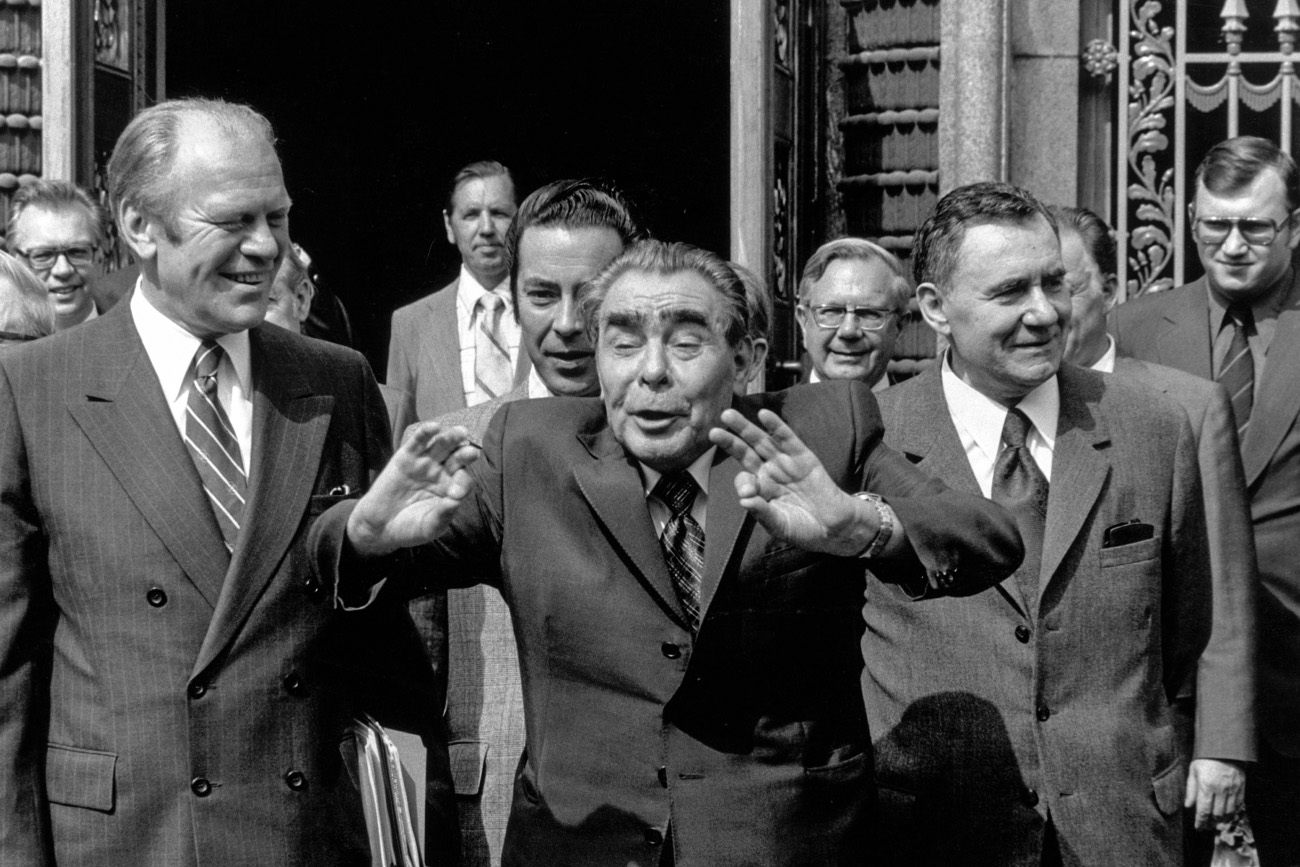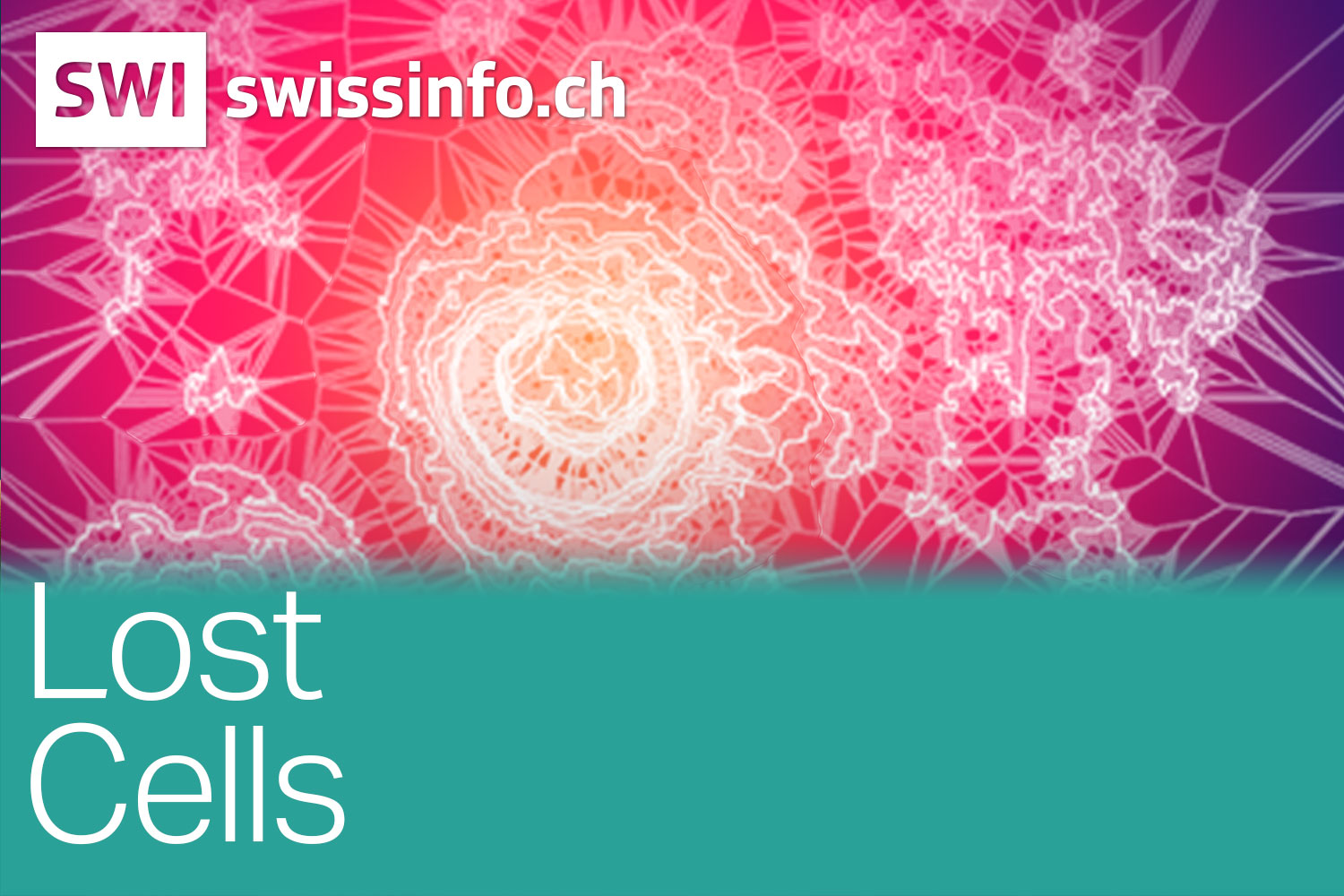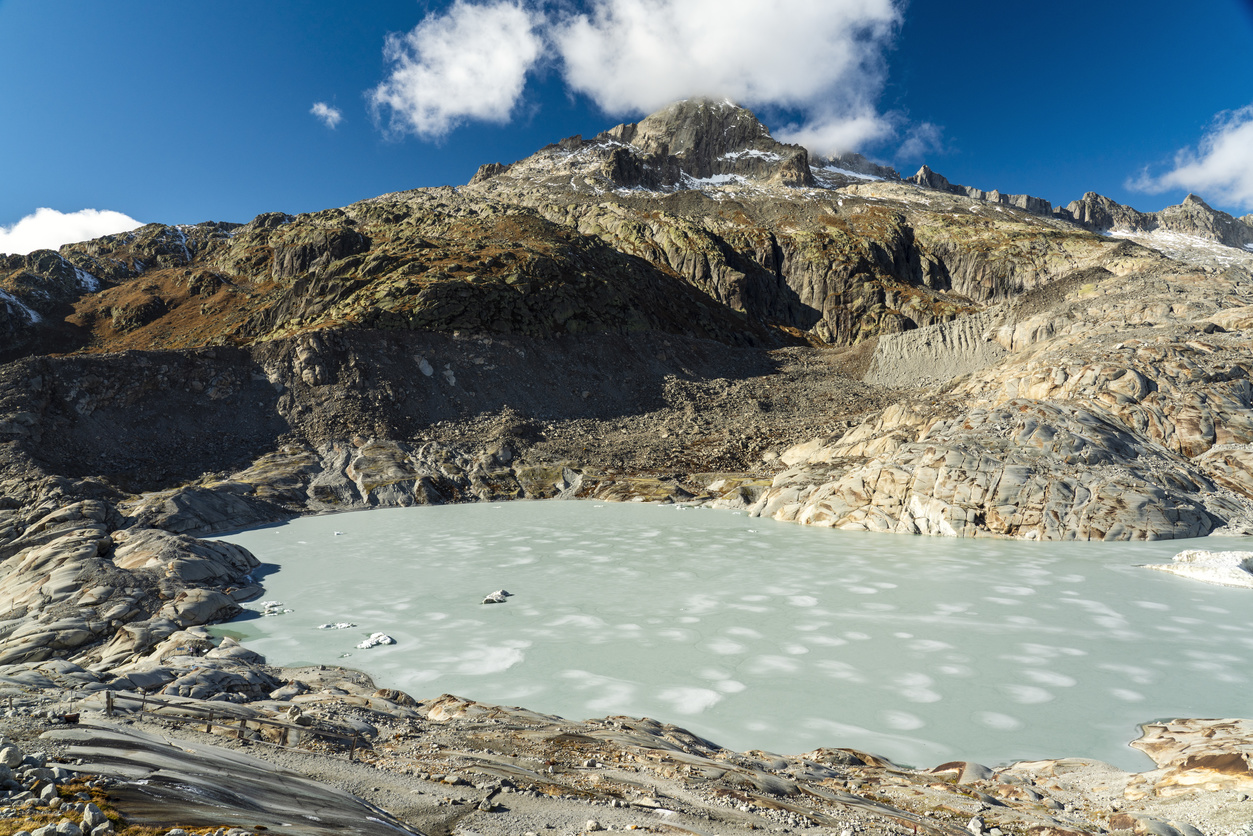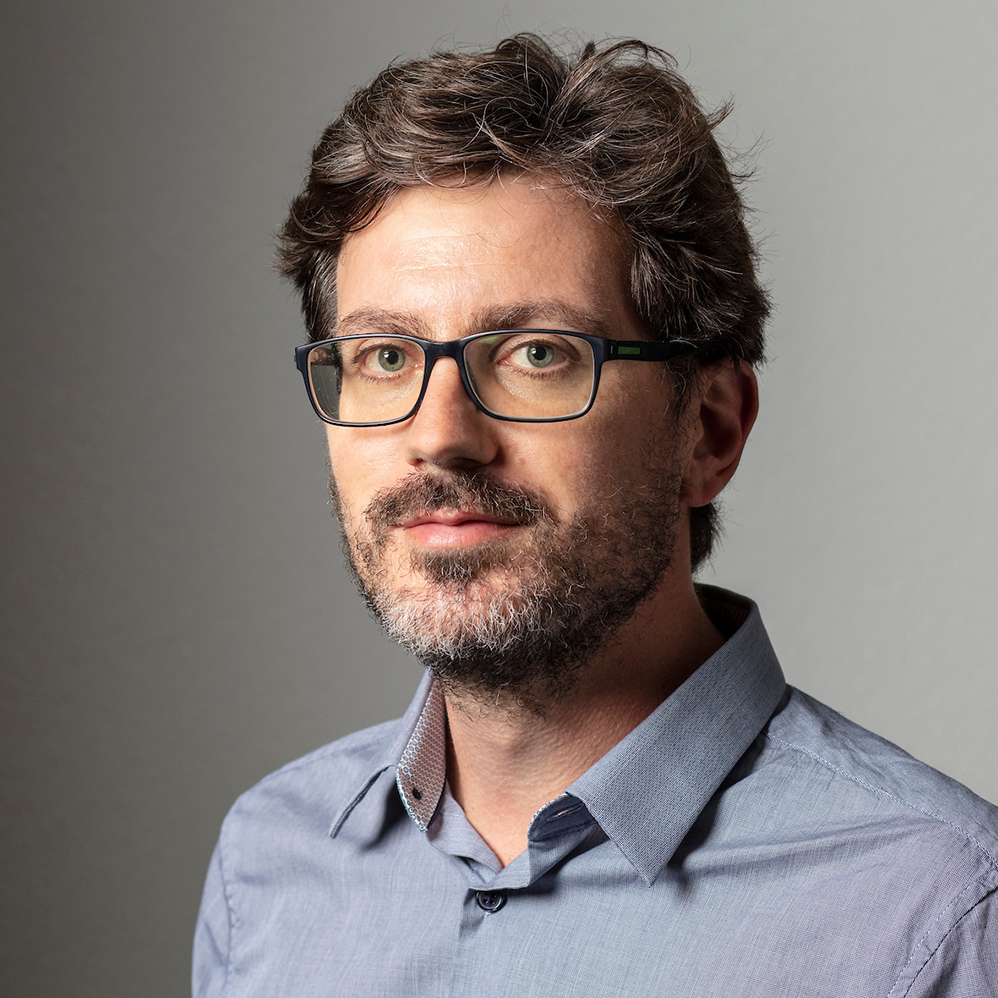
Cern celebrates 50 years of world-class research

Celebrations have begun to mark the 50th anniversary of Cern, Europe’s top particle physics laboratory.
A Swiss postage stamp dedicated to the organisation was launched in Geneva on Monday to mark the golden jubilee.
Swiss artists Christian Stuker and Beat Trummer designed the commemorative stamp, which has a value of SFr1.80 ($1.40).
They said their aim was to encapsulate the spirit of Cern – no mean feat in a space just 28 by 33 millimetres.
Cern was born of a vision not only to build a world-class laboratory for nuclear and particle physics in Europe, but also to bring nations together through science.
The founding convention firmly emphasised international collaboration and closer contact between scientists. Twelve founding member states ratified the convention on September 29, 1954.
Reunification
“They gave the new organisation a mission to provide first-class facilities, to coordinate fundamental research in particle physics, and to help reunite the countries of Europe after two world wars,” explains Cern’s Director General Robert Aymar.
Today Cern plays host to around half the world’s particle physicists.
Its membership has grown to 20 European states, with many countries further afield also involved.
“It is no accident that many of the countries about to join the European Union are already members of Cern,” says Aymar. “Scientific collaboration has proved to be a valuable step on the way to political collaboration.”
Complex instrument
In its golden jubilee year, Cern is focusing on the Large Hadron Collider (LHC), which will be the world’s largest and most complex scientific instrument when it switches on in 2007.
Physicists hope that experiments at the LHC will help explain why fundamental particles have the masses they have.
They will also look into the mysterious missing mass and dark energy of the universe – it is believed that visible matter accounts for just five per cent of what exists.
Scientists are also hoping to shed light on nature’s preference for matter over antimatter, and they plan to examine matter as it existed at the very beginning of time.
World Wide Web
Cern’s reputation is based on fundamental research, but the organisation is also an important source of new technologies.
The World Wide Web was invented at Cern, and today it is leading efforts to develop a globally-distributed computing system known as the Grid.
Numerous events are planned by member states to mark the anniversary, including an art exhibition inspired by science, a concert of classical music and several public lectures and exhibitions.
At Cern itself, events will culminate in October with an official ceremony and a public open day.
Other events will include a Europe-wide scientific challenge on the Web, and a bid to assemble a record amount of computing power in a single global computing Grid.
swisssinfo, Vincent Landon
Cern, the European Organization for Nuclear Research, is celebrating its 50th anniversary.
A new Swiss postage stamp commemorates the jubilee and events are planned in many of the other 20 member states.
The laboratory for nuclear and particle physics is world-renowned.
When Cern was founded in 1954, the aim was to bring nations together through science.

In compliance with the JTI standards
More: SWI swissinfo.ch certified by the Journalism Trust Initiative







































You can find an overview of ongoing debates with our journalists here . Please join us!
If you want to start a conversation about a topic raised in this article or want to report factual errors, email us at english@swissinfo.ch.